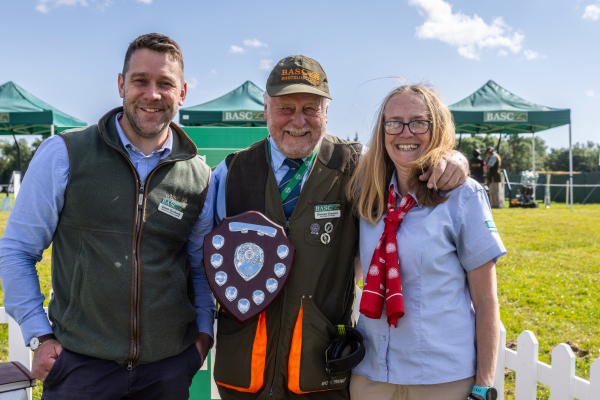
Call for nominations for BASC Shotgun Coach of the Year
Nominations are now open for the esteemed BASC Shotgun Coach of the Year award.
Get information on the legal shooting season for mammals and birds in the UK.
Apply for funding for your project or make a donation today
Comprehensive information and advice from our specialist firearms team.
Everything you need to know about shotgun, rifle and airgun ammunition.
Find our up-to-date information, advice and links to government resources.
Everything you need to know on firearms law and licensing.
All the latest news and advice on general licences and how they affect you.
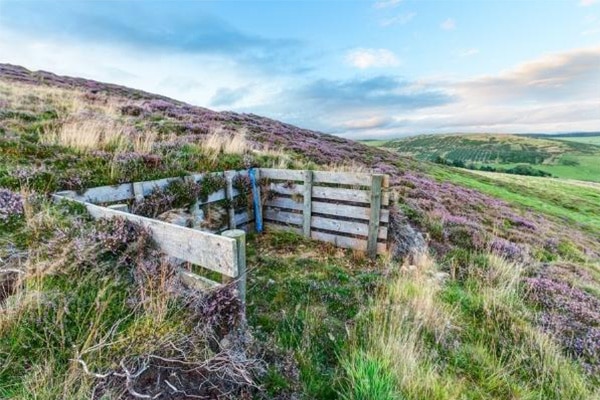
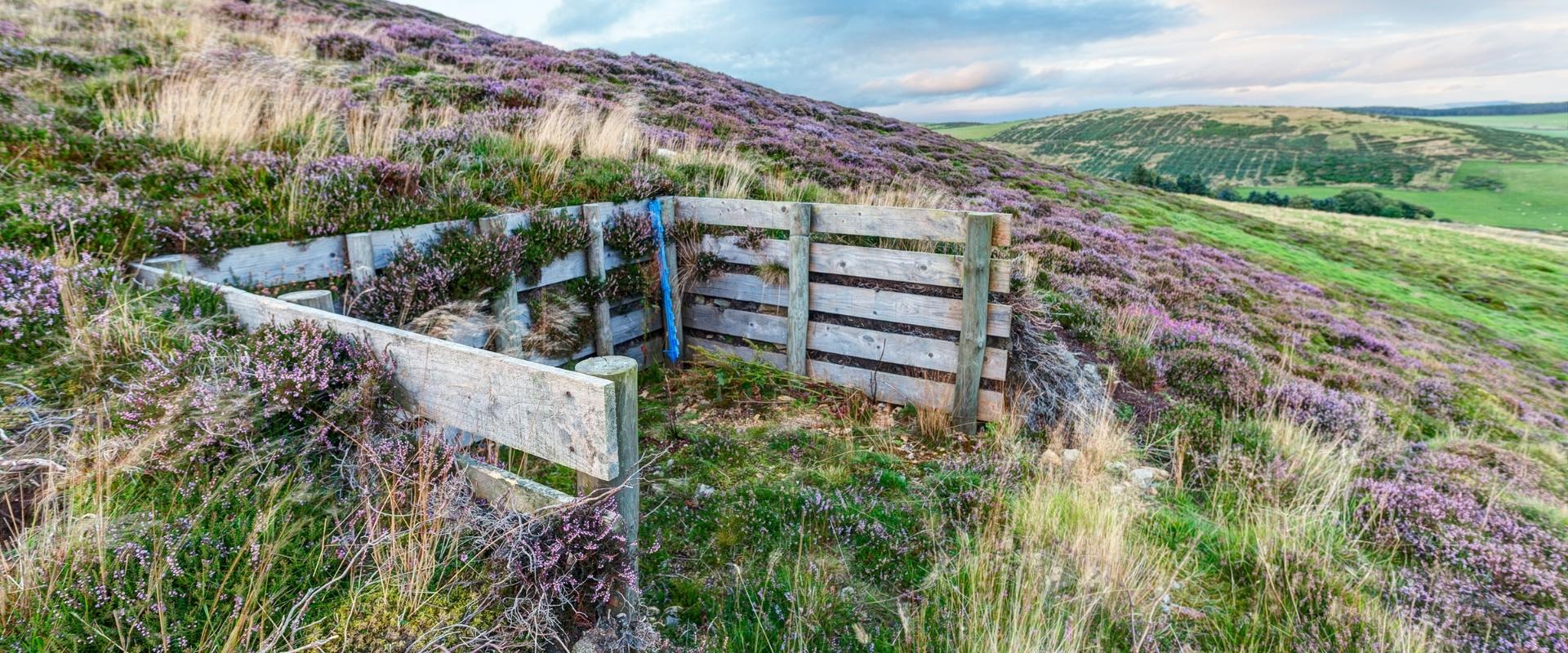
Grouse shooting is undertaken on moorland across Northern England, Scotland, Northern Ireland, and Wales. While these moors may provide a variety of different shooting opportunities, they all share another very important common characteristic; they are all types of peatland. Peatland itself is an exceptional carbon store, locking up an estimated 42% of the UK’s carbon.
The amount of carbon stored by the UK’s peatland is more than the amount taken up by all the trees in Britain and France combined. Under the right conditions peatlands can also take up (sequester) carbon from the atmosphere as they slowly form more layers of peat.
It is estimated that in England peatlands make up around 11% of the land, yet staggeringly store nearly 600 million tonnes of carbon. Grouse moors are thought to account for up to 35% of this peatland carbon in England alone.
Historically, the commercial value placed on grouse shooting has protected moorland from damaging operations such as industrial forestry and unsuitable grazing.
Before the importance of carbon storage and capture was understood, grouse shooting was the primary driver which enabled moorland habitats and peatlands to survive.
The Moorland Association estimates that their members have restored over 30,000 hectares (and rising) of peatland. They have also blocked 700km of peatland drainage ditches, reversing the damage done as a result of Government agricultural policy in the last century.
It is universally agreed that wildfires pose one of the biggest risks to peatlands across the globe. Sadly, the UK has also seen a rise in wildfire severity and climate change is likely to add to this challenging situation.
Tackling an increase in wildfires is complex and will require a variety of approaches such as continued moorland rewetting and restoration. Education of the public is also key, as most wildfires are started by people.
There is increasing evidence to support reducing the fuel load across moorlands as a method to lessen the risk of wildfire, as recognised by the new Defra burning licence. Sustainable grazing, mowing and prescribed cool burning on grouse moors and the implementation of fire plans and investment in specialist firefighting equipment by moor managers leads the way in reducing wildfire risk. This in turn protects the peatland carbon store below the surface.
Such is the risk of wildfires to our environment, that the fire on Saddleworth Moor in 2018 emitted the equivalent carbon into the air as the annual use of 100,000 family cars and potentially impacted the air quality for millions of people.
The key for grouse moors now is to calculate their individual carbon stores, working out precisely how many tonnes of carbon they have locked away and how they can ensure this is protected. This will then allow for the implementation of specific management to sequester more precious carbon.
There are also potentially exciting opportunities for people and organisations to offset their carbon footprints with peatlands and thus grouse moors. This will provide investment opportunities to further restore peatlands, protect existing carbon stores and ensure that habitats and species above the ground continue to thrive, including the magnificent grouse.
Read more of shooting’s climate and biodiversity success stories by heading to our COP26 page here.
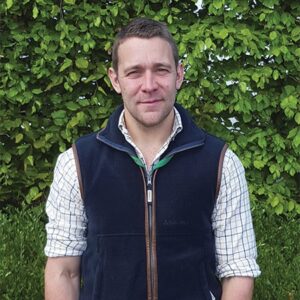

Nominations are now open for the esteemed BASC Shotgun Coach of the Year award.
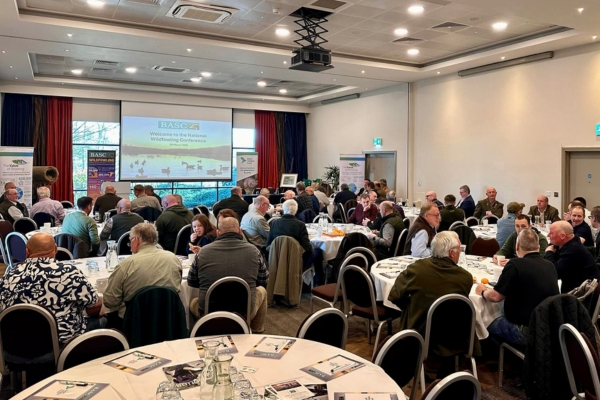
The 2025 BASC National Wildfowling Conference returned on Saturday 29 March, attracting more than 100 delegates.
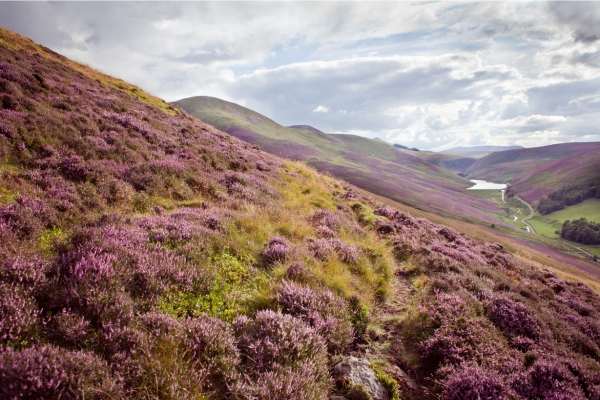
BASC is urging the shooting community to respond to a government consultation on the “critical issue” of heather burning.
Sign up to our weekly newsletter and get all the latest updates straight to your inbox.
© 2025 British Association for Shooting and Conservation. Registered Office: Marford Mill, Rossett, Wrexham, LL12 0HL – Registered Society No: 28488R. BASC is a trading name of the British Association for Shooting and Conservation Limited which is authorised and regulated by the Financial Conduct Authority (FCA) under firm reference number 311937.
BASC Direct Ltd is an Introducer Appointed Representative of Agria Pet Insurance Ltd who administer the insurance and is authorised and regulated by the Financial Conduct Authority, Financial Services Register Number 496160. Agria Pet Insurance is registered and incorporated in England and Wales with registered number 04258783. Registered office: First Floor, Blue Leanie, Walton Street, Aylesbury, Buckinghamshire, HP21 7QW. Agria insurance policies are underwritten by Agria Försäkring.
If you have any questions or complaints about your BASC membership insurance cover, please email us. More information about resolving complaints can be found on the FCA website or on the EU ODR platform.